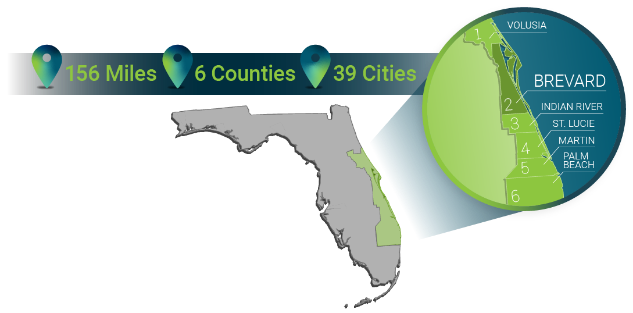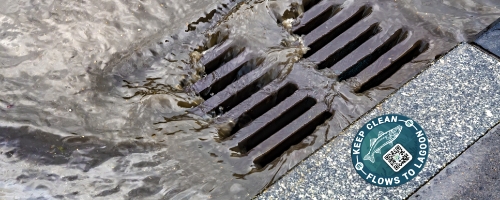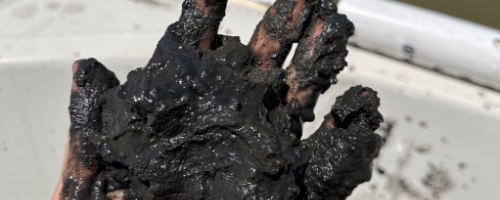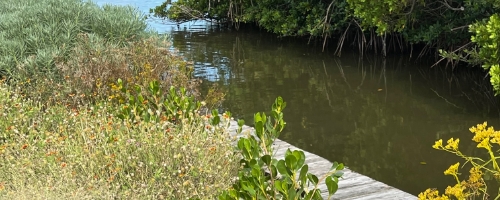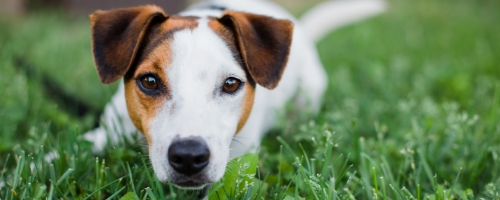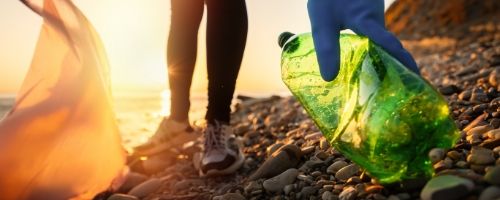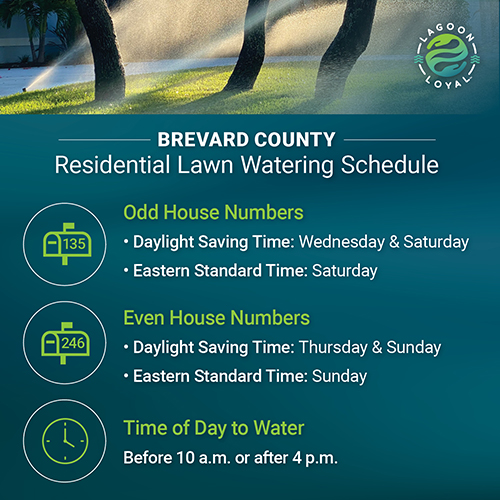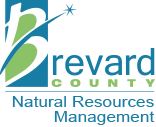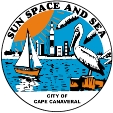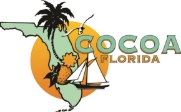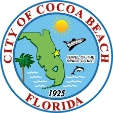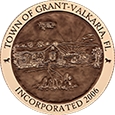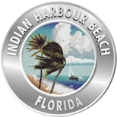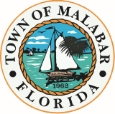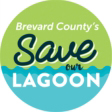Join the Lagoon Loyal Community!
Why? Not only will you be helping the lagoon, you'll also earn local business rewards just for participating!
Indian River Lagoon Trivia
How Well Do You Know the Lagoon?
The Indian River Lagoon is one of the most biodiverse places in the continental United States. Unfortunately, the Lagoon has also become home to a variety of pollutants that cause algae blooms and harm water quality. Test your Lagoon and stormwater knowledge by toggling the questions below to reveal the answers. Together, we can learn ways to reduce our polluting footprint and preserve this community treasure!
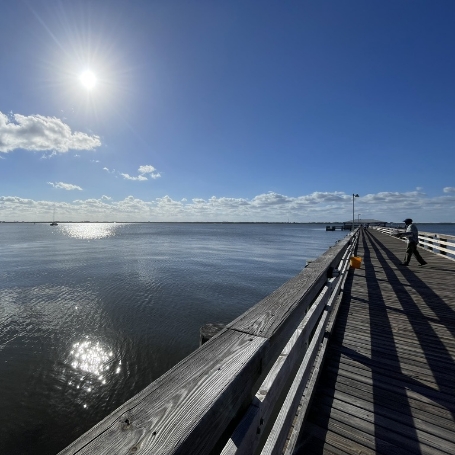
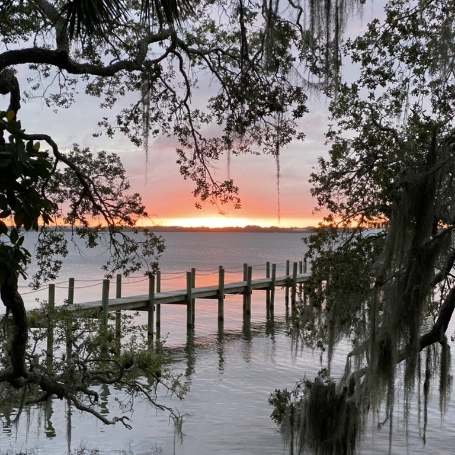
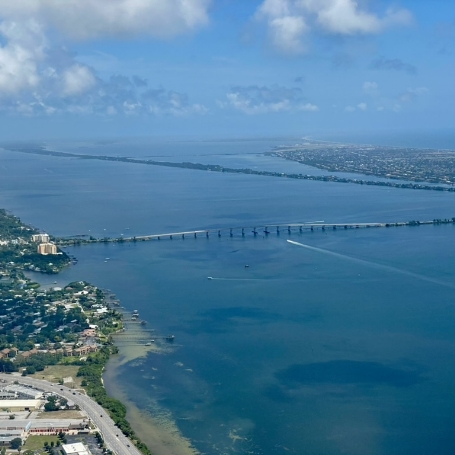
SOURCES:
1 “How Valuable is the Indian River Lagoon?” restoreourshores.org, Brevard Zoo, https://restoreourshores.org/importance.
2 “Importance.” onelagoon.org, One Lagoon, https://onelagoon.org/importance.
3 “Indian River Lagoon Economic Valuation Update.” Prepared by East Central Florida Regional Planning Council and the Treasure Coast Regional Planning Council, 26 Aug. 2016, http://ros.skyadinc.com/wp-content/uploads/2017/03/FinalReportIRL08_26_2016.pdf.
4 “Muck Removal in the Save Our Indian River Lagoon Project Plan.” brevardfl.gov, Florida Sea Grant College Program – University of Florida, https://www.brevardfl.gov/docs/default-source/soirl/muckfactsheet.pdf.
5 “U.S. Pet Ownership Statistics.” avma.org, American Veterinary Medical Association, www.avma.org/KB/Resources/Statistics/Pages/Market-research-statistics-US-pet-ownership.aspx.
6 “Brevard County, Florida QuickFacts.” census.gov, United States Census Bureau, 2022, https://www.census.gov/quickfacts/fact/table/brevardcountyflorida/PST045222.
7 “Dog Waste and Waterways.” eugene-or.gov, City of Eugene Public Works, Stormwater Management Program, https://www.eugene-or.gov/DocumentCenter/View/17001/Dog-Waste-and-Waterways.
8 “2022 Report of Annual Water Use.” sjrwmd.com, St. Johns River Water management District, 2022, https://storymaps.arcgis.com/stories/ecdf034a0c0643a59738645f078a6f11.
BECOME LAGOON LOYAL
Earn points for making lagoon-friendly choices, like the above. Those points will add up to discounts at participating local businesses. Sign up to become Lagoon Loyal and get rewarded for helping the lagoon!





